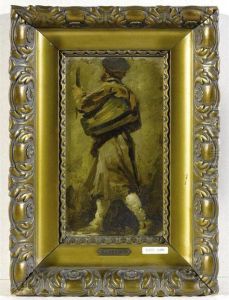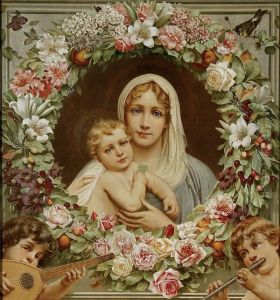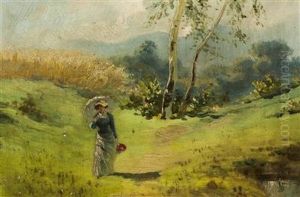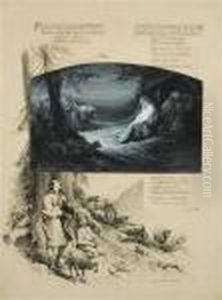Adolf I Liebscher Paintings
Adolf Liebscher was a Czech painter, born on August 13, 1857, in Hrochův Týnec, Bohemia, which was then part of the Austro-Hungarian Empire and is now in the Czech Republic. He was part of a family of noted artists, including his brother Gustav Liebscher. Adolf Liebscher's artistic inclinations were evident from a young age, and he pursued his passion for art throughout his life.
Trained at the Academy of Fine Arts in Prague, he was a student of the renowned Czech painters František Sequens and Max Pirner. Liebscher's work was strongly influenced by the academic style of painting, which emphasized classical techniques and often featured historical, mythological, and allegorical subjects.
Throughout his career, Adolf Liebscher was known for his genre scenes, historical paintings, and portraits. He was part of the National Theater in Prague, where he worked on stage designs, contributing to the cultural life of the city. His works were often characterized by their vivid depiction of Czech history and folklore, which resonated with the burgeoning sense of national identity during the late 19th century in Bohemia.
Liebscher also spent time in other European art centers, such as Munich and Paris, where he was exposed to new artistic movements and techniques. Despite these influences, his work remained rooted in the academic tradition, and he is often associated with the Czech National Revival movement in art.
Adolf Liebscher's legacy includes not only his contributions to Czech art but also his influence on the next generation of artists. He was an active participant in various artistic associations and exhibitions, and his work was recognized and awarded in his time.
Adolf Liebscher passed away on July 11, 1919, in Prague. His works can be found in the collections of several Czech museums and galleries, and he is remembered as a significant figure in the history of Czech art, particularly for his depictions of national themes that captured the spirit of his age.



